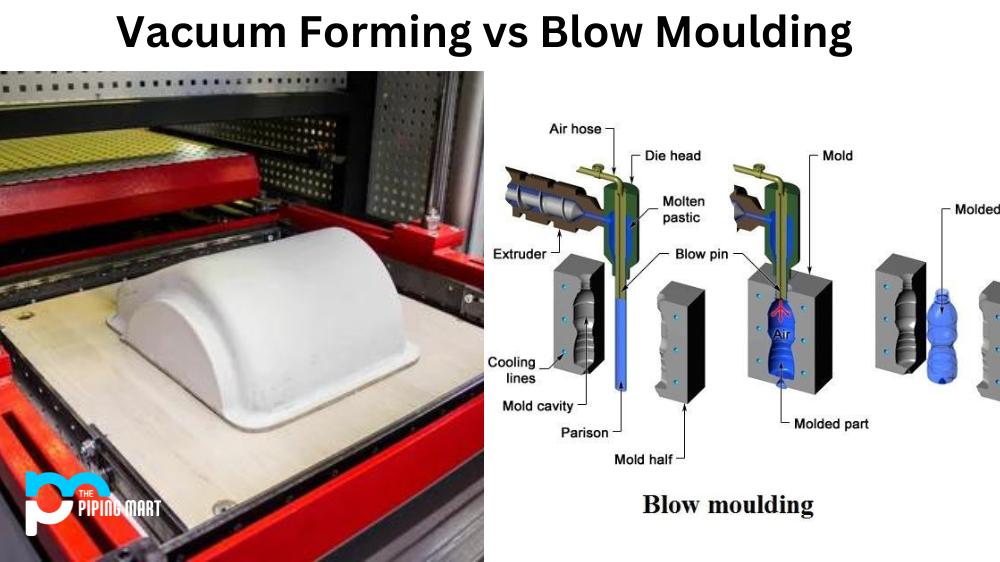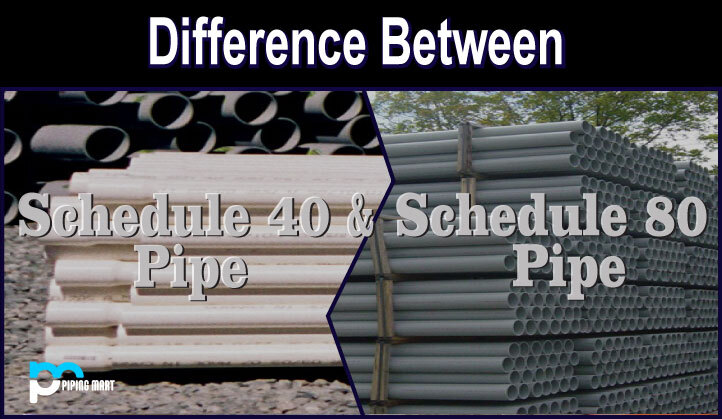The world of plastics manufacturing has seen tremendous innovation over the years. Two commonly used methods for plastic manufacturing are vacuum forming and blow moulding. Both ways have advantages and disadvantages, but one may be better suited for your application. In this post, we’ll do a deep dive into vacuum forming and blow moulding, look at the critical differences between the two, and help you decide which method best suits your needs.
Vacuum Forming
Vacuum forming, also known as thermoforming, is heating a plastic sheet until it’s malleable and then forming it into a specific shape using a mould and a vacuum. This process is ideal for low-volume production of large, flat parts like trays, panels, and covers. Vacuum forming is also much more cost-effective than other manufacturing methods like injection and blow moulding. Additionally, it is a relatively quick process, and depending on the part’s complexity, it can be completed in just a few minutes.
Blow Moulding
Blow moulding is a manufacturing process that involves inflating a heated plastic tube until it fills a specific mould cavity. This method is commonly used to create hollow objects like bottles, drums, and containers of various sizes and shapes. Blow moulding is widely used for high-volume production, as it is a highly automated process. It is also a relatively fast process, typically producing parts in just a few seconds. This manufacturing method typically has features with consistent wall thickness and high accuracy.
Differences Between Vacuum Forming and Blow Moulding
One key difference between vacuum forming and blow moulding is the type of parts they produce. Vacuum forming is ideal for parts that need to be flat or have a uniform thickness, while blow moulding is best suited for hollow parts that require a consistent wall thickness. Additionally, vacuum forming is often used for low-volume production, while blow moulding is geared towards high-volume production.
Another critical difference between the two is the cost involved. Vacuum forming is much more cost-effective than blow moulding, mainly because the equipment required for vacuum forming is much simpler. This makes it an attractive option for prototyping or short production runs. Blow moulding, however, requires more sophisticated equipment, making it more expensive overall.
- Vacuum forming is a process that involves using a sheet of plastic that is heated until it is soft and pliable. A negative pressure is then used to suck the plastic sheet onto a mould. The mould is opened once the plastic has cooled and hardened, and the finished product is removed.
- Blow moulding is a process that involves using a tube of molten plastic that is blown into a mould. The mould is opened once the plastic has cooled and hardened, and the finished product is removed.
- Vacuum forming is typically used for low-volume products with simple shapes. Blow moulding is generally used for high-volume products with complex conditions.
- Vacuum forming is generally faster and less expensive than blow moulding. Blow moulding typically results in a higher-quality product with smoother surfaces.
- Some examples of products that are typically vacuum-formed include packaging, toys, and car parts. Some examples of products that are usually blow-moulded include bottles, containers, and pipes.
Conclusion
In conclusion, vacuum forming and blow moulding are highly effective plastic manufacturing methods. However, they have different strengths and weaknesses that make them more suitable for specific applications. If you’re looking for a low to medium-volume production process for flat or uniform parts, vacuum forming would be your best bet. On the other hand, blow moulding is ideal for the high-volume production of hollow objects with a consistent wall thickness. Ultimately, your decision should be informed by the specific requirements of your project, as well as your budget and production goals.
Meet Heer, a dynamic and driven writer learning tricks of her trade in the metal industry. With a background in Digital Marketing, Heer brings a unique perspective to her writing, sharing valuable insights. Apart from blogging she like reading and hiking.




